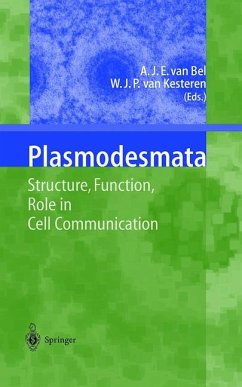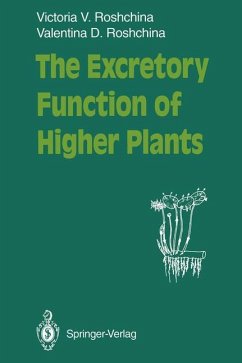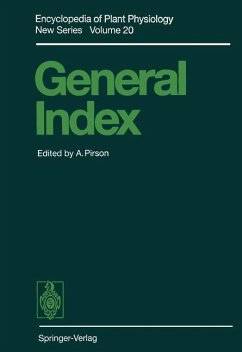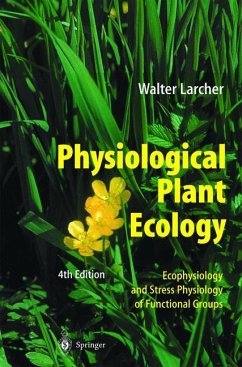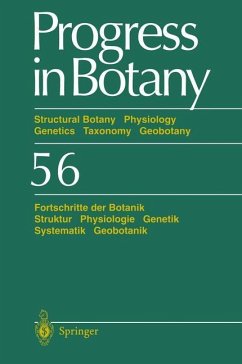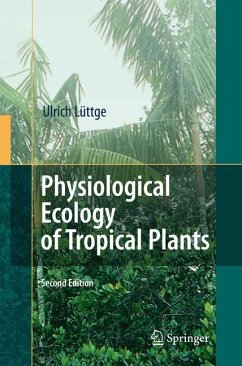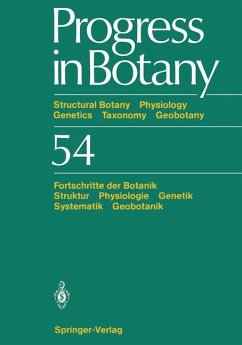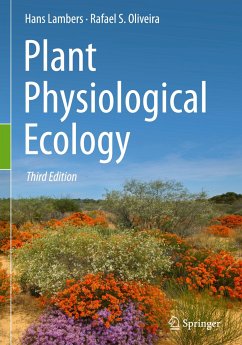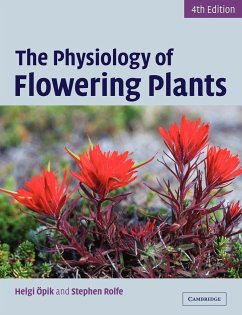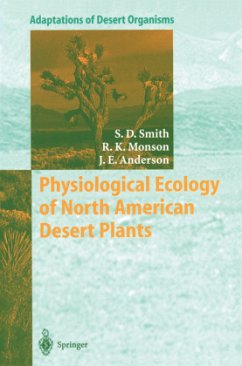
Intercellular Communication in Plants: Studies on Plasmodesmata
Versandkostenfrei!
Versandfertig in 1-2 Wochen
77,99 €
inkl. MwSt.

PAYBACK Punkte
39 °P sammeln!
This Volume attempts to summarise and integrate a field of study in its entirety: the nature of plasmodesmata, and the part these inter cellular connections play in the life of the plant. Except in the all embracing early reviews of the pre-electron microscope era, there has been a tendency for the subject to be approached from disparate points of view: plant physiologists, developmental biologists, biophysicists, virologists and cytologists all contributing to the corpus of knowledge, but often without a full appreciation of each others' goals and probl ems, and sometimes misinterpreting each...
This Volume attempts to summarise and integrate a field of study in its entirety: the nature of plasmodesmata, and the part these inter cellular connections play in the life of the plant. Except in the all embracing early reviews of the pre-electron microscope era, there has been a tendency for the subject to be approached from disparate points of view: plant physiologists, developmental biologists, biophysicists, virologists and cytologists all contributing to the corpus of knowledge, but often without a full appreciation of each others' goals and probl ems, and sometimes misinterpreting each others' findings. In June 1975 a group of about 40 specialists in these various disciplines, all with a common interest in intercellular communication in plants, met for two days, presented papers, talked, argued, and in general pooled their know ledge. Out of a synthesis of manuscripts and discussions there has emerged, by an editorial process of elimination of unnecessary dupli cation andinsertions to ensure completeness of coverage, the present book - not so much a straight record of a conference, as a Monograph based on the proceedings. All of the Chapters are reviews and most include hitherto unpublished data or theoretical treatments.





